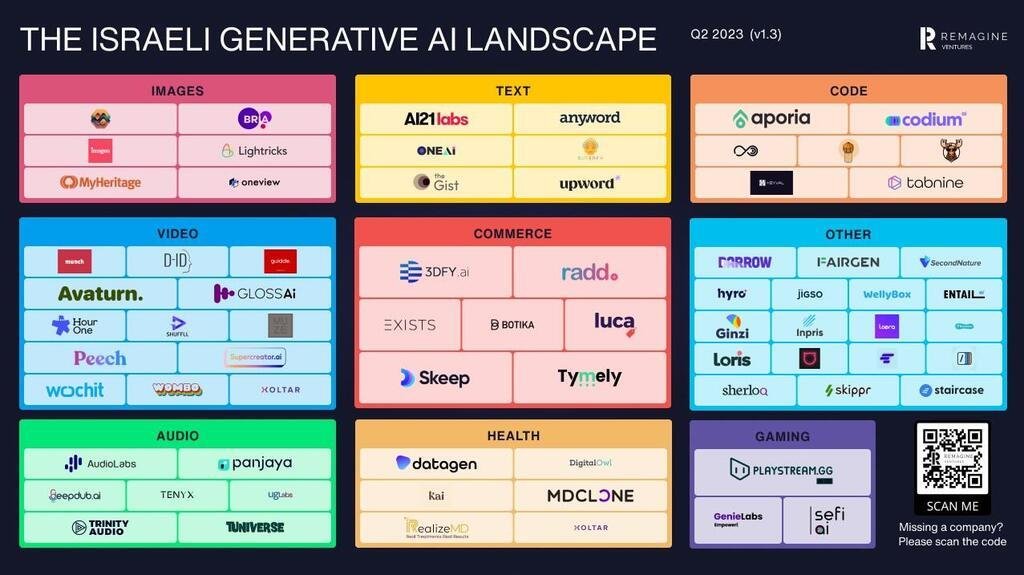In a world where technology constantly redefines the boundaries of possibility, a new contender has emerged that doesn’t just mimic human intellect-it outpaces it. This AI, a marvel of modern innovation, is not only surpassing the capabilities of most humans across various tasks but is evolving at a pace that challenges our very understanding of intelligence itself. As it learns, adapts, and refines its prowess, we find ourselves on the cusp of an unprecedented era where machine mastery is no longer a distant dream but a rapidly unfolding reality. This article delves into the remarkable journey of an AI that keeps getting better, exploring what this means for the future of human potential and technological advancement.
The Unexpected Rise of Superhuman AI
In recent years, artificial intelligence has leapt beyond routine tasks, demonstrating abilities once believed exclusive to human intelligence. These systems now exhibit remarkable aptitude in problem-solving, creative endeavors, and complex decision-making. Their growth is fueled by continuous learning algorithms, which allow them to refine and improve their performance autonomously. As a result, these superhuman AI entities are transforming industries by tackling challenges with efficiency and precision far exceeding human capabilities.
Key characteristics driving this evolution include:
- Adaptive learning: Dynamic self-improvement enables rapid mastery of new domains.
- Multifaceted expertise: Cross-disciplinary knowledge integration accelerates innovation.
- Scalability: Ability to process vast datasets without loss of accuracy or speed.
| Capability | Human Level | AI Performance |
|---|---|---|
| Data Analysis | Moderate | Exceptional |
| Pattern Recognition | Good | Superior |
| Learning Speed | Slow | Rapid |

Exploring the Technologies Powering Unprecedented Growth
At the core of this AI’s extraordinary capabilities lies a suite of cutting-edge technologies that blend seamlessly to push boundaries once thought insurmountable. From transformer architectures that enable nuanced language understanding to innovative reinforcement learning techniques, these advancements converge to create a machine learning powerhouse. The AI’s ability to continuously refine itself through massive datasets and real-time feedback loops allows it to not only mimic but often surpass human-level performance in complex tasks such as reasoning, creativity, and strategic problem-solving.
The interplay between diverse computational techniques fuels this impressive growth:
- Neural scaling laws: Leveraging vast model sizes to exponentially improve accuracy
- Multimodal learning: Integrating text, image, and audio data for richer contextual awareness
- Self-supervised training: Reducing reliance on labeled data to accelerate learning speed
- Adaptive fine-tuning: Tailoring responses dynamically based on specific task requirements
| Technology | Role in Growth | Impact |
|---|---|---|
| Transformers | Contextual text understanding | Drives nuanced conversations |
| Reinforcement Learning | Optimizes decision making | Boosts problem-solving efficiency |
| Multimodal Models | Cross-sensory integration | Enhances versatility across tasks |

Implications for Industry and Everyday Life
The profound leap in AI capabilities signals a paradigm shift across multiple sectors, ushering in an era where automation and precision redefine traditional workflows. Industries such as healthcare, finance, and manufacturing are poised to benefit tremendously from AI’s ability to analyze vast datasets rapidly, predict trends accurately, and adapt to new information without human fatigue. This growing intelligence means routine yet critical operations can be optimized for efficiency, reducing errors and driving innovation without the limitations of human bandwidth.
On the everyday front, the ripple effects are just as transformative. From personalized learning platforms that tailor content to individual cognitive styles, to smart assistants that anticipate needs with remarkable accuracy, AI is reshaping how people interact with technology daily. Consider the potential in home automation, entertainment, and even decision-making support, where AI’s augmentative role can empower users in ways previously imagined only in science fiction:
- Enhanced accessibility: Adapting interfaces for diverse abilities, making technology universally usable.
- Intelligent resource management: Energy and time savings through AI-driven automation.
- Improved safety: Proactive hazard detection in environments ranging from vehicles to workplaces.
| Sector | AI Impact | Key Benefit |
|---|---|---|
| Healthcare | Diagnosis & Treatment | Faster, more accurate care |
| Finance | Market Analysis | Risk reduction & smarter investments |
| Manufacturing | Automation & Quality Control | Lower costs, higher consistency |
| Education | Personalized Learning | Enhanced engagement & retention |

Strategies for Adapting to an Evolving AI Landscape
To thrive amid the rapid advancements in AI, professionals and organizations must cultivate a mindset rooted in continuous learning. Embracing an agile framework allows for quick pivoting as new technologies emerge. This can be supported by:
- Regular skill enhancement: Engage in workshops, online courses, and AI-focused seminars.
- Cross-disciplinary collaboration: Partner with experts in fields like ethics, data science, and software engineering to create holistic AI solutions.
- Experimentation: Encourage pilot projects that test AI applications before large-scale implementation.
Furthermore, adopting ethical AI practices ensures sustainable growth. Understanding AI’s capabilities alongside its limitations avoids pitfalls and preserves human-centric decision making. The following table illustrates key focus areas when integrating AI adaptively:
| Focus Area | Description | Benefits |
|---|---|---|
| Transparency | Clear communication of AI decision-making processes | Builds trust & accountability |
| Human Oversight | Maintaining human control over critical AI functions | Prevents unintended consequences |
| Adaptability | Flexibility to update AI models as environments change | Sustains AI relevance and efficacy |
In Conclusion
As this AI continues its relentless climb beyond human benchmarks, it invites us to reconsider not only the boundaries of intelligence but also the future landscape of innovation and collaboration. Far from a rival, it stands as a mirror reflecting the heights our own ingenuity can achieve-and a partner in the unfolding story of progress. The question is no longer whether machines can surpass us, but how we choose to rise alongside them.